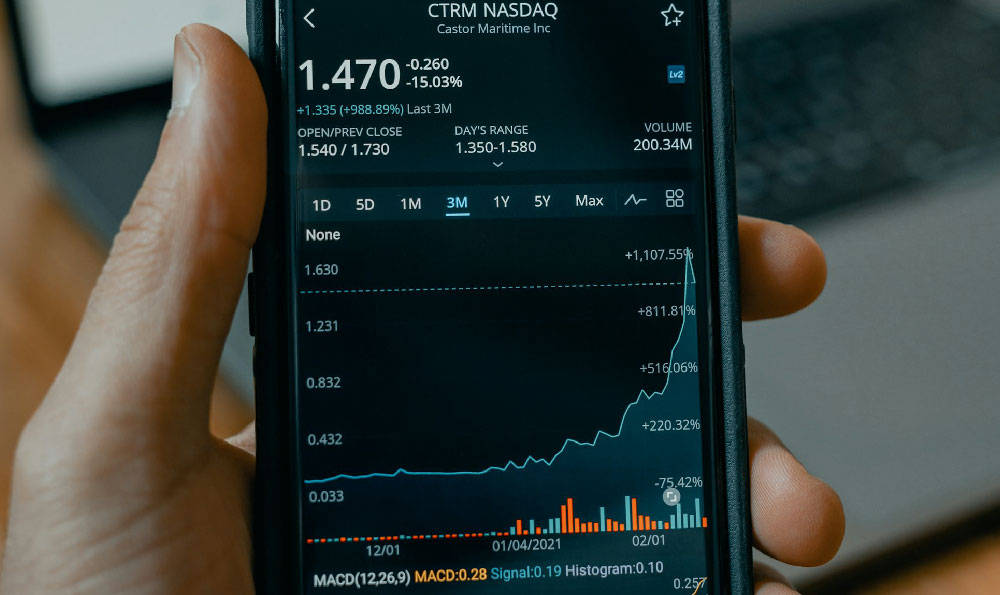Epic Games Store Monetization Strategies Explained
Epic Games Store has carved out a significant niche in the competitive gaming industry by introducing a unique model that deviates from traditional platforms like Steam. At its core, the store's monetization strategy revolves around a combination of direct revenue streams from game sales and indirect revenue opportunities through partnerships, advertising, and ecosystem integration. While the platform initially gained attention for its 12% cut on game purchases compared to Steam's 30%, this seemingly modest fee is just one piece of a broader financial puzzle that has reshaped the way developers and players engage with digital content. The store's success lies not only in its ability to offer value to creators but also in its innovative approach to bridging the gap between gaming and broader entertainment industries.
One of the most striking elements of Epic's strategy is its commitment to providing developers with a more favorable environment. By offering a 12% service fee instead of the standard 30%, Epic attracts indie developers and studios eager to maximize their earnings. This decision, while reducing the platform's immediate profit margin, positions it as a long-term competitor by fostering a diverse and vibrant library of games. The store also prioritizes exclusive titles, which not only incentivize developers to publish on its platform but also create a distinct identity that differentiates it from others. These exclusives are often highlighted through curated collections and promotional campaigns, ensuring visibility for both established franchises and up-and-coming titles. Importantly, Epic's model allows developers to retain higher revenue, which can be reinvested into game development, marketing, or other creative ventures.
Beyond direct sales, Epic has expanded its revenue potential through the integration of in-game advertising. This move is particularly notable as it taps into a growing trend in the gaming industry where developers seek additional income sources beyond traditional sales. By allowing advertisers to place promotional content within games, Epic creates a symbiotic relationship where developers receive funding while players are exposed to targeted marketing. The balance between ad placement and user experience is critical, as excessive advertising could deter players. However, Epic's approach emphasizes non-intrusive ads that align with the game's aesthetic and narrative, aiming to minimize disruption while maximizing value for developers. This strategy not only diversifies Epic's income but also empowers developers to explore monetization beyond their primary revenue streams.

Epic's partnership strategy is another cornerstone of its financial model. The platform collaborates with hardware manufacturers, cloud streaming services, and other tech companies to create bundled offerings that enhance its value proposition. For instance, its partnership with NVIDIA to provide GeForce Now streaming support unlocks a new demographic of players who may not have access to high-end PCs. These collaborations often involve revenue-sharing agreements, ensuring that both parties benefit from cross-promotional opportunities. Additionally, Epic has partnered with major studios to offer exclusive titles, which not only attract players but also provide developers with a platform to reach a wider audience. These partnerships reflect a strategic effort to build an ecosystem that supports both gaming and broader entertainment technologies, creating a more sustainable revenue model.
Epic's recent initiatives, such as the introduction of a free game of the week and the development of GameFi concepts, further illustrate its adaptive approach to monetization. While the free game promotions increase user engagement, they also require careful management to ensure they do not cannibalize sales. The GameFi concept, which blends gaming and blockchain technology, represents a bold experiment in creating new value streams. By allowing players to earn cryptocurrency through in-game achievements or item trading, Epic introduces an alternative to traditional in-game purchases, appealing to a tech-savvy audience. These strategies not only diversify revenue but also position Epic as a pioneer in exploring next-generation monetization models that align with emerging technologies.
Crucially, Epic's financial health is supported by a diverse portfolio of revenue streams, which allows it to mitigate risks associated with any single source. While the application store model remains a core focus, the integration of advertising, subscriptions, and partnerships ensures that the platform can adapt to changing market dynamics. This diversified approach also provides developers with multiple avenues to monetize their content, which is a key factor in the store's growing appeal. As the gaming industry continues to evolve, Epic's monetization strategies will likely face both challenges and opportunities, requiring continuous innovation to maintain their relevance.
Ultimately, Epic Games Store's success hinges on its ability to balance the interests of developers, players, and partners while adapting to the shifting landscape of digital entertainment. Its unique approach to monetization, which emphasizes fairness for creators and integration with emerging technologies, has positioned it as a formidable player in the market. As the platform continues to grow, its ability to innovate and maintain this delicate equilibrium will determine its long-term viability and impact on the future of gaming.















